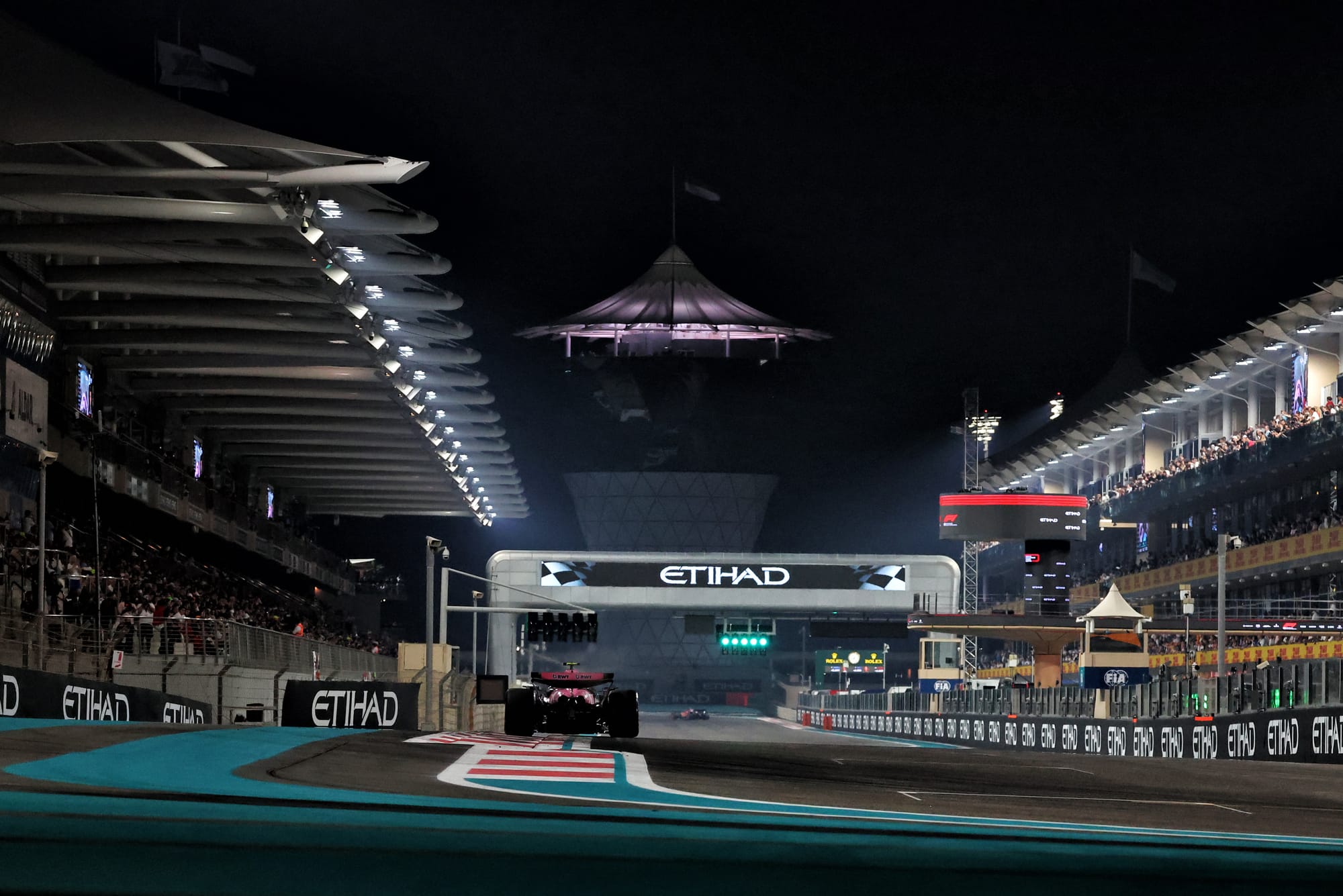
Alpine’s remarkable turnaround in the final quarter of the 2024 Formula 1 season, which allowed it to salvage an unlikely sixth place in the constructors’ championship, was the consequence of what technical director David Sanchez describes as “pretty much a new car” being introduced late in the season.
But the real turning point occurred four months earlier.
Sanchez’s arrival in May having left McLaren by “mutual decision” resulted in a hold being put on upgrades in the pipeline to allow for a re-evaluation of the development direction and approach.
The result was an Austin upgrade package focused on a new floor, with a new front wing and shortened nose arriving for the penultimate race in Qatar, that combined to transform the Alpine A524 into a genuinely competitive proposition.
As with all teams, Alpine has modified its working practices to ensure the right balance between chasing downforce and producing consistent performance with usable characteristics. Such fine control is not easy to achieve, but the evidence suggests Alpine has made significant gains.
“When I joined, the limitations of the car were very obvious and the way to try and drag it out of this corner was also quite obvious,” Sanchez (pictured below) tells The Race in an interview conducted during the Abu Dhabi GP weekend.
“So that's why, [in the] first few weeks, we made a status [report] of what we had in the pipeline. While we stopped, we changed the focus of development, especially in aero, and we made a plan to try and deliver a complete upgrade package.
“The hope was to get the car back in line with where it should have been without the wrong directions. And I have to say, in late May, when I started saying ‘let's try and do this, this and this; there was a lot of, not doubt, but people thinking ‘really, are we sure?’.
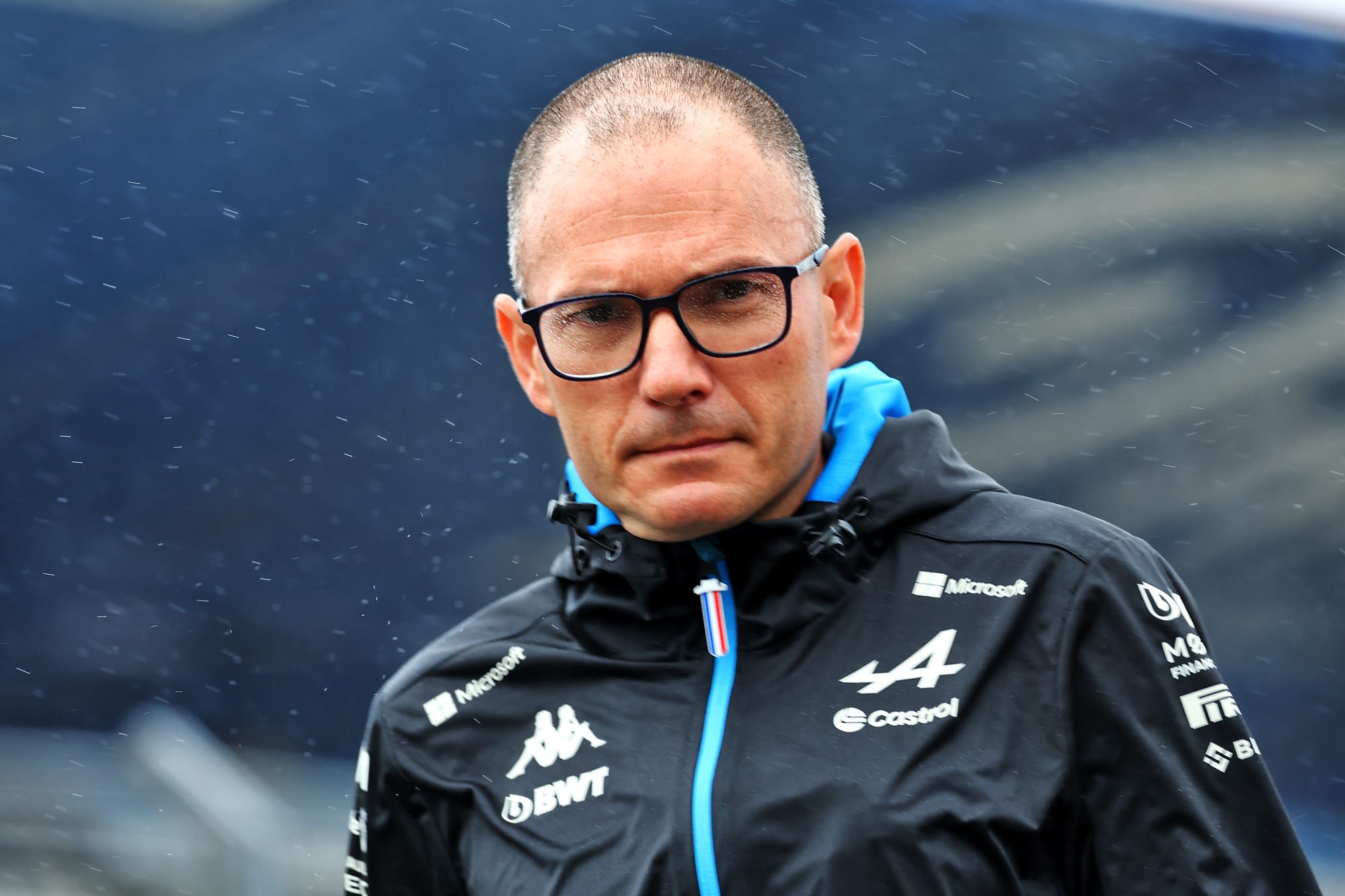
"Everyone kept their head down, worked really hard over the summer and we got that big upgrade package in Austin, which was pretty much a new car. Then with the wing [in Qatar], it's a new car in a period of, let's say, four months. And that got the car back in a nice place.”
Alpine’s struggles set in long before Sanchez arrived. The car started the season overweight thanks to the monocoque failing the lateral load test, the consequence of structural weaknesses.
This led to the chassis being strengthened, which came at the cost of significant weight. By the time Sanchez arrived, the weight problem had largely been whittled away at, but aero development was still patchy.
The challenges of the current ground-effect F1 cars, which must be run low and stiff but that also require fine control - not to mention well-managed aeroelasticity - to achieve a good balance across a wide range of corner speeds mean that philosophies have to change.
Sanchez’s brief stint at McLaren will have given him insight into how what is arguably the market-leading team in terms of how it has evolved its way of conducting aero development.
What’s clear is that the way the aero testing tools, particularly the windtunnel and CFD, are used in harness with each other is just as important as understanding what characteristics you are gunning for in the first place.
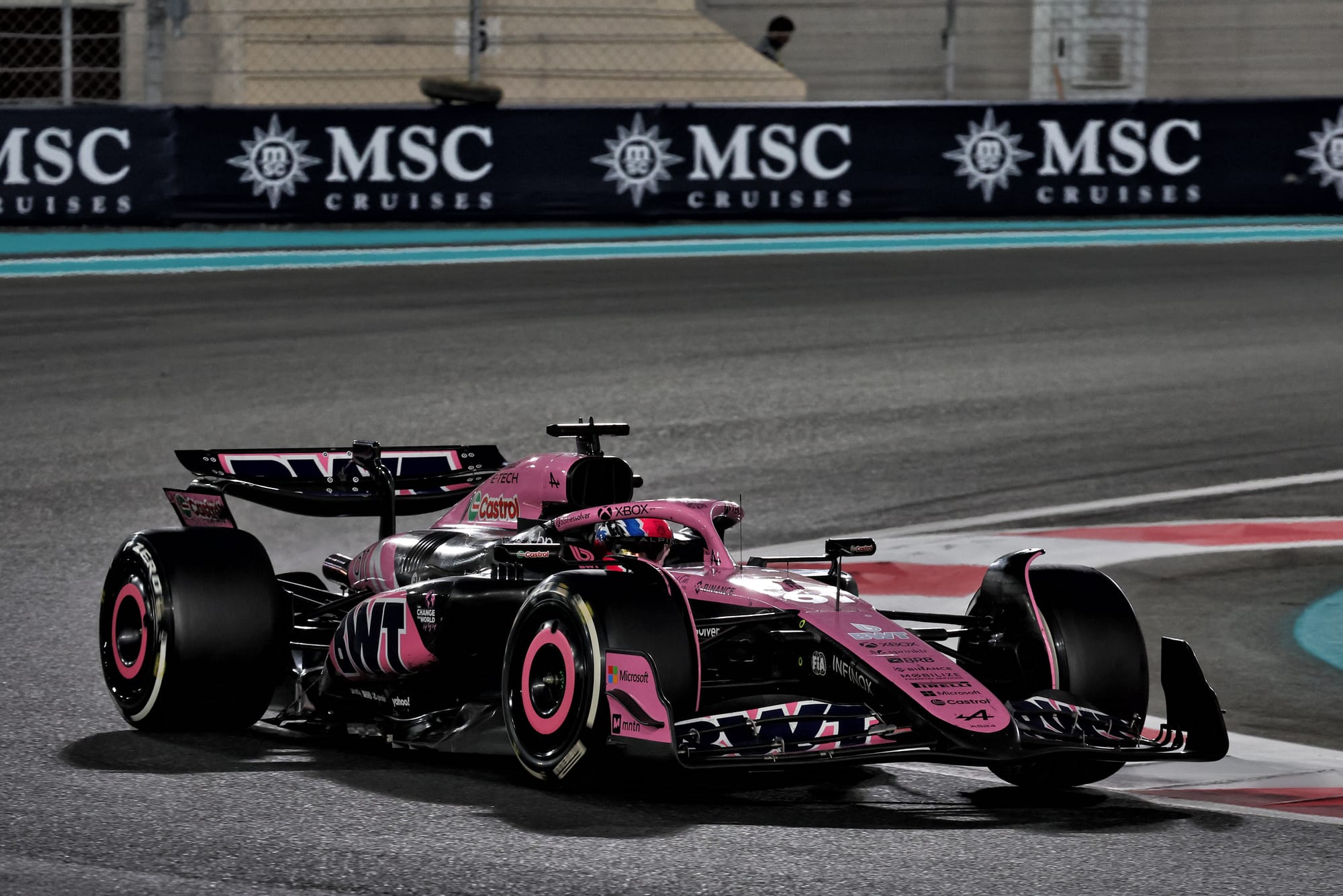
All simulation tools are just that, approximations of reality, and the teams that have fared best under the current regulations have all had to redefine the way they use the data generated by them to validate or reject development directions.
“That was one aspect of having clarity of the direction, the sort of characteristics we were looking for, but also using all the tools available and not simply focusing on the windtunnel in a very specific area of the map,” said Sanchez.
“These days, CFD is very good and it gives a lot more information, it's where we design the car. So instead of saying well the windtunnel is the tool for aero, it's one of them.
"There are a few others; there's data from the race car, there is CFD data showing what the flow is like, how to manipulate it and then the windtunnel is another layer. And [it’s about] trying to blend all these three environments, you try and build a lot of confidence in where you're trying to get to.
"But also, if what you're doing is healthy, if the windtunnel is happy, but the CFD says don't go there, you shouldn't go there.”
This sounds like stating the obvious, but what Sanchez describes is at the heart of ensuring performance can be added without encountering problems such as porpoising.
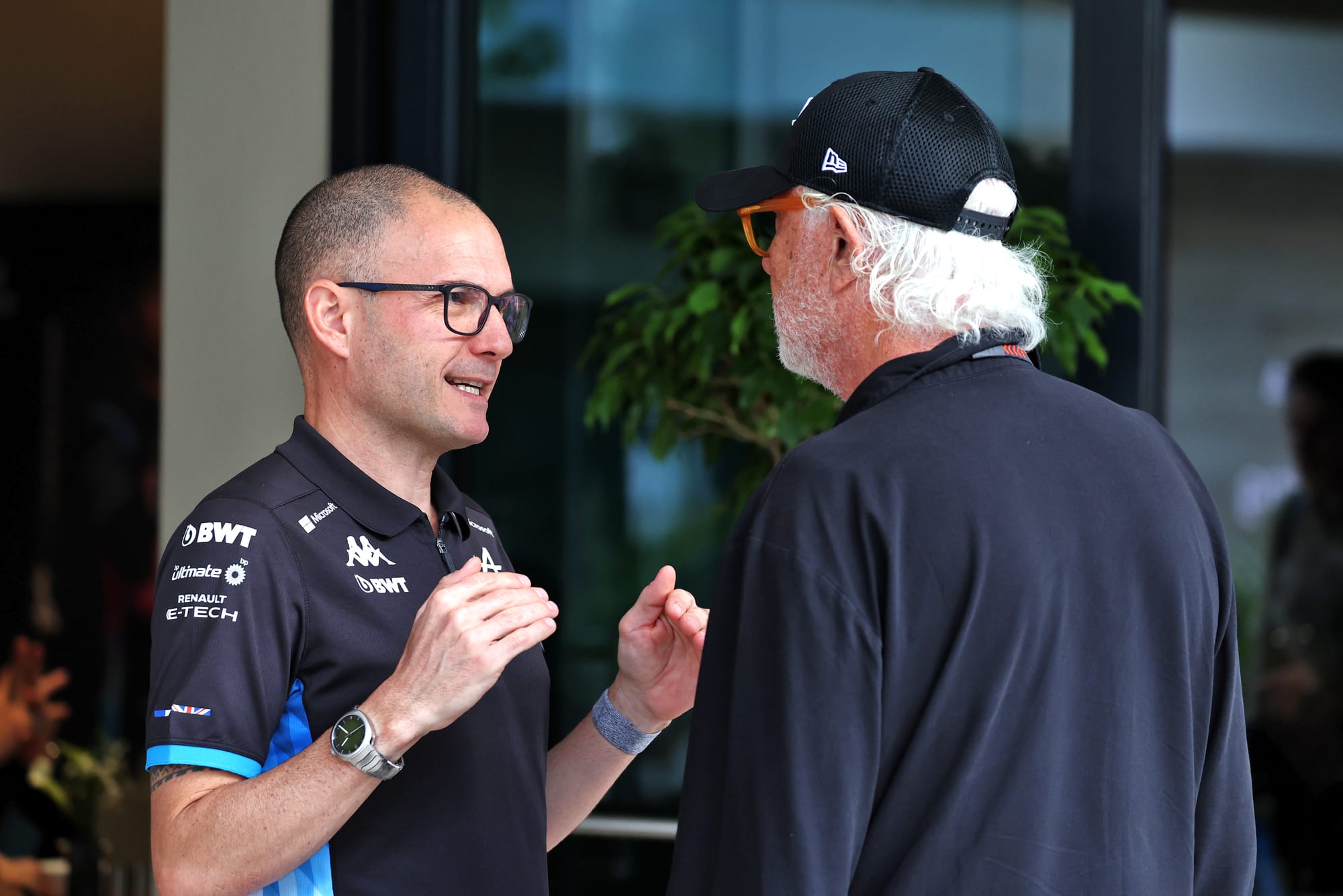
Rivals such as Aston Martin have struggled badly with an out-of-date development approach seemingly focused too heavily on peak downforce numbers, while the big step Alpine made proves it’s now on the right track.
The turnaround was startling, with an average single-lap deficit of just under 2% in the previous six races turning into one of just over 0.8% for the final six.
That didn’t happen by accident, and it’s why Gasly - who committed to a new long-term contract in June having been convinced by the progress made - is confident heading into 2025.
“Everything you see now was discussed and developed in May,” said Gasly. “At the end of the day, is it job good enough? No, we're still sixth in the championship, and that's not where we want to be.
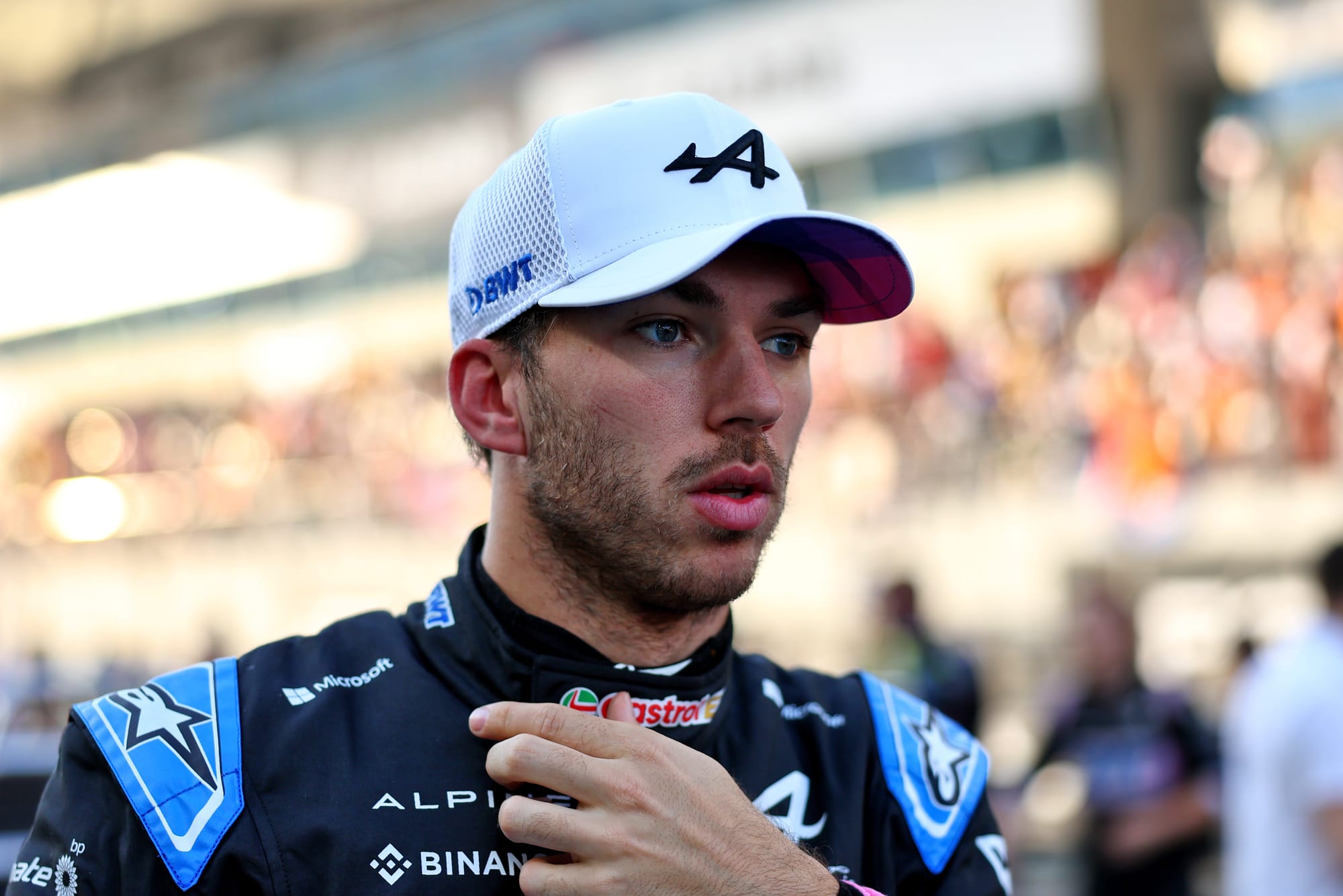
"But looking at things at the start of the year, it was almost unrealistic to make such a comeback.
"So it's very, very good. I must say, I'm very pleased with what they found and also just the understanding behind the car we have going into '25. We have a lot more optimism that we understand how things are working.”
The upshot of the changes is not a car that looks dramatically different, certainly not in terms of what’s visible externally. That’s because it’s the details beneath the floor and in terms of where the car is conceived to run in terms of details such as ride heights that has transformed things.
“It had to shift, yes,” said Sanchez when asked if there were changes in how the car was run in terms of such set-up details.
“If I were to quote ride height numbers, you would say they didn't change by so much, but just enough to go away from the porpoising window and to have a more compliant car.
"You could run it incredibly stiff if you find a very smooth track [and] you don't touch the kerbs, but most of the time it needs that bit of compliance. And this was part of what we tried to achieve.
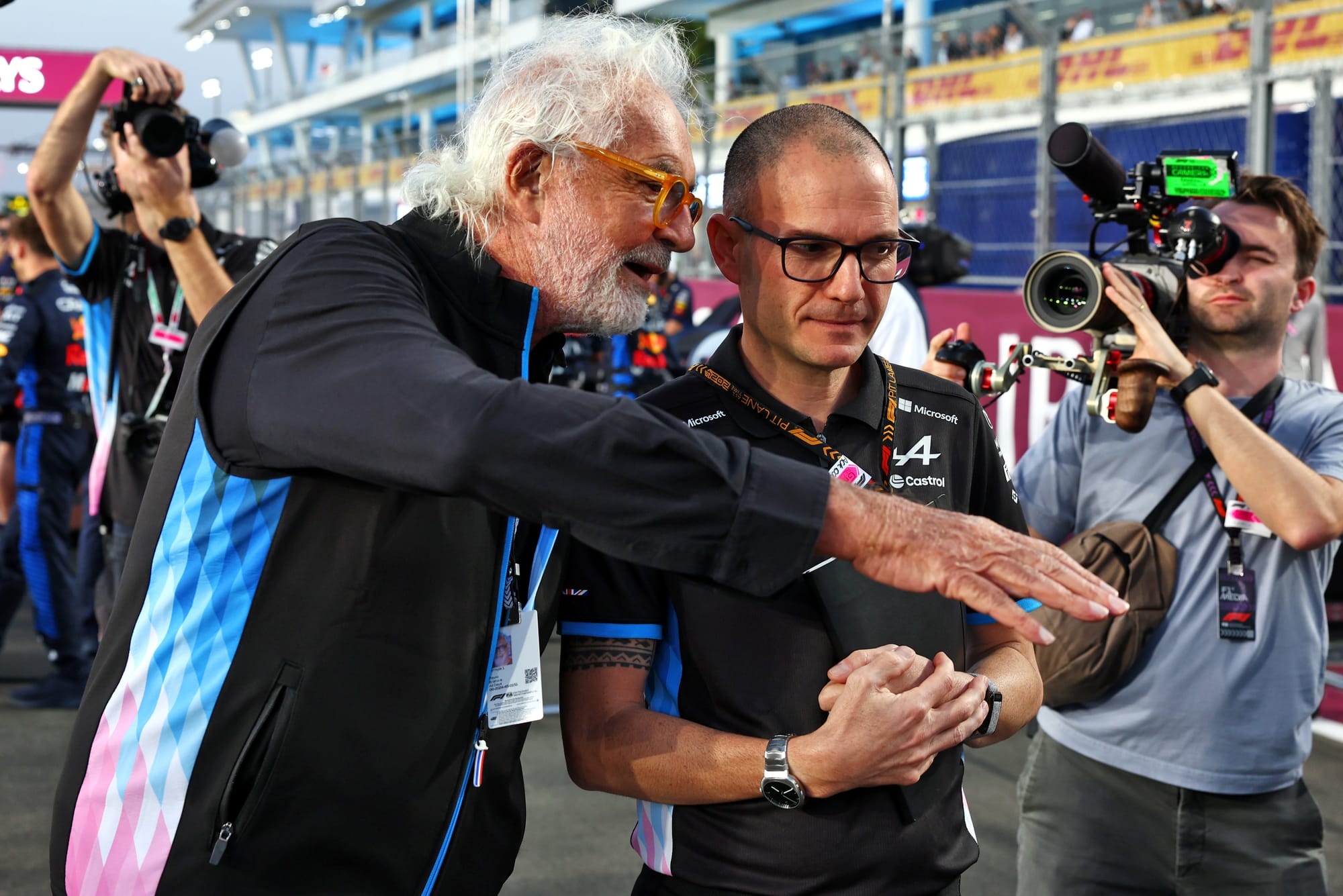
"You mentioned yaw sensitivities and all these [other factors], the narrower the window you aim for, the easier it is.
"The reality is the race car has an envelope on the track and aero development has to fully cover the envelope and more. And there you can clearly see on the edge if the car is benign, if it's going to buy it, and this is where you get to a high quality car.”
Alpine still has a long way to go to be anything more than a midfielder. But a team that not so long ago appeared hopeless now at least has provided evidence that 2025 could be more successful.
from The Race https://ift.tt/vrW78M6

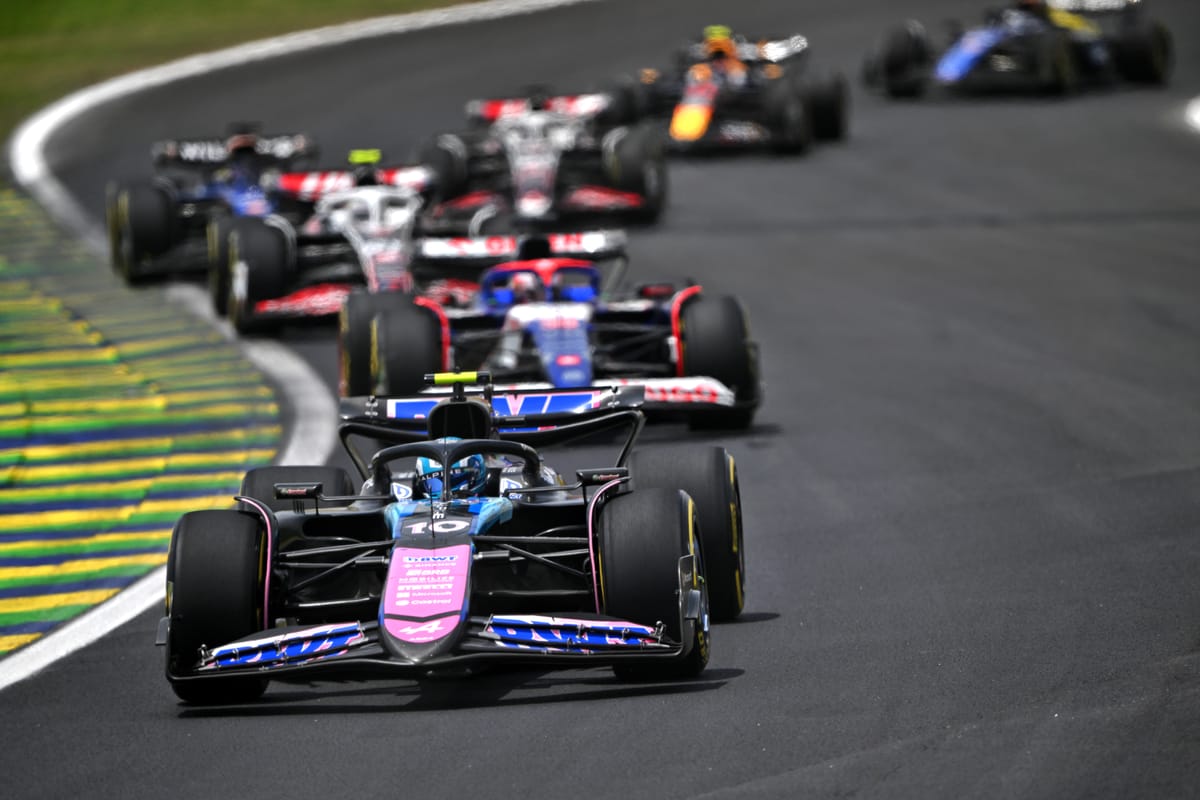
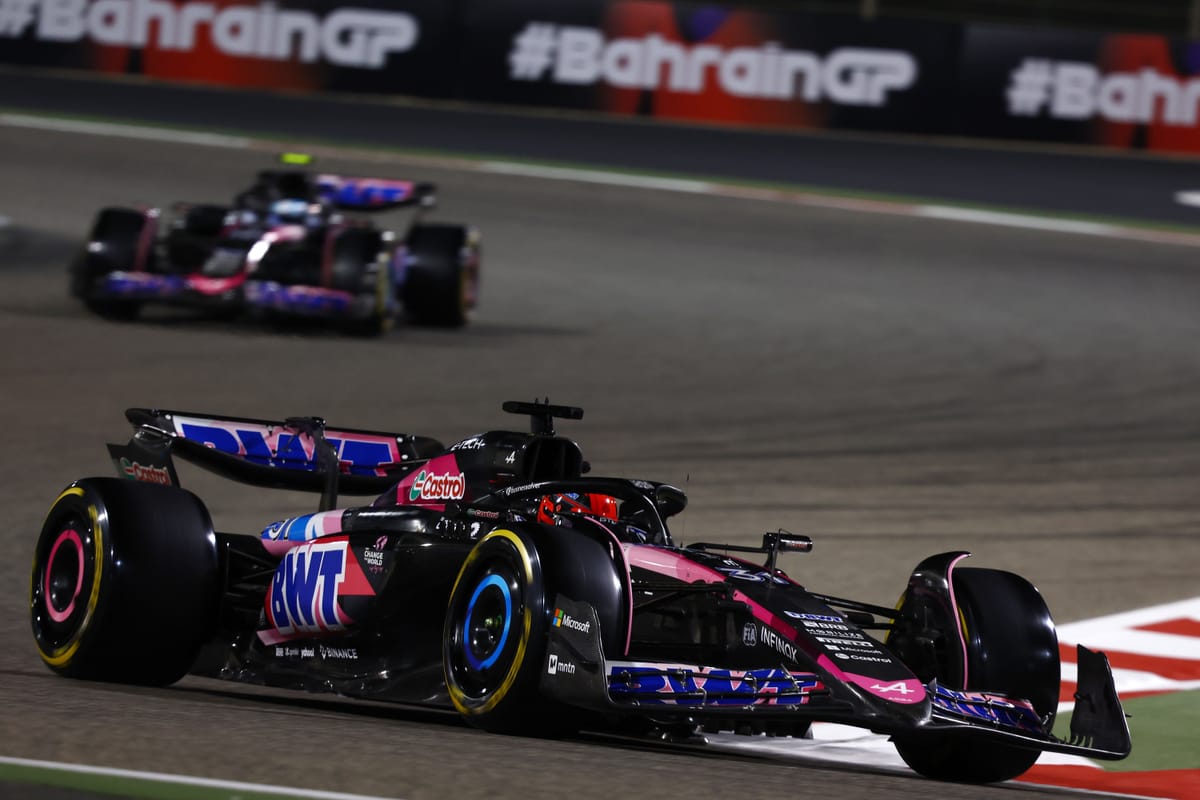
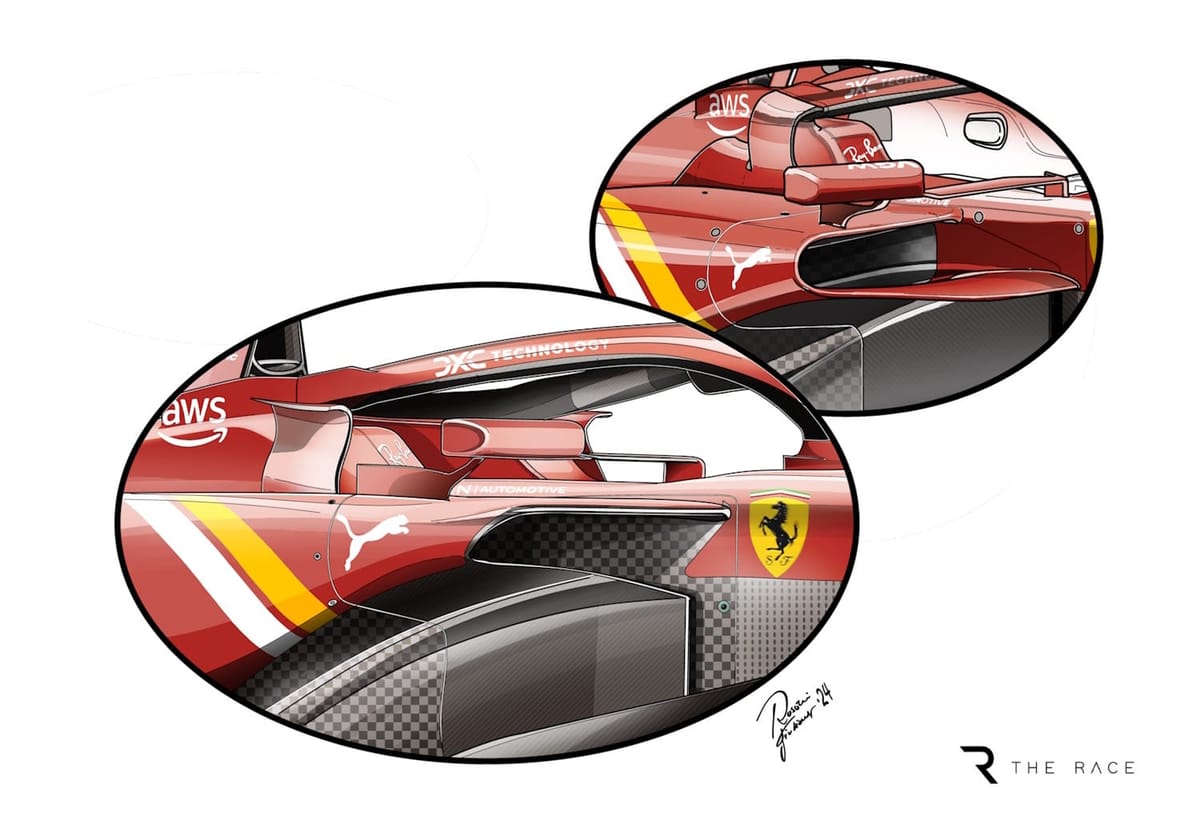
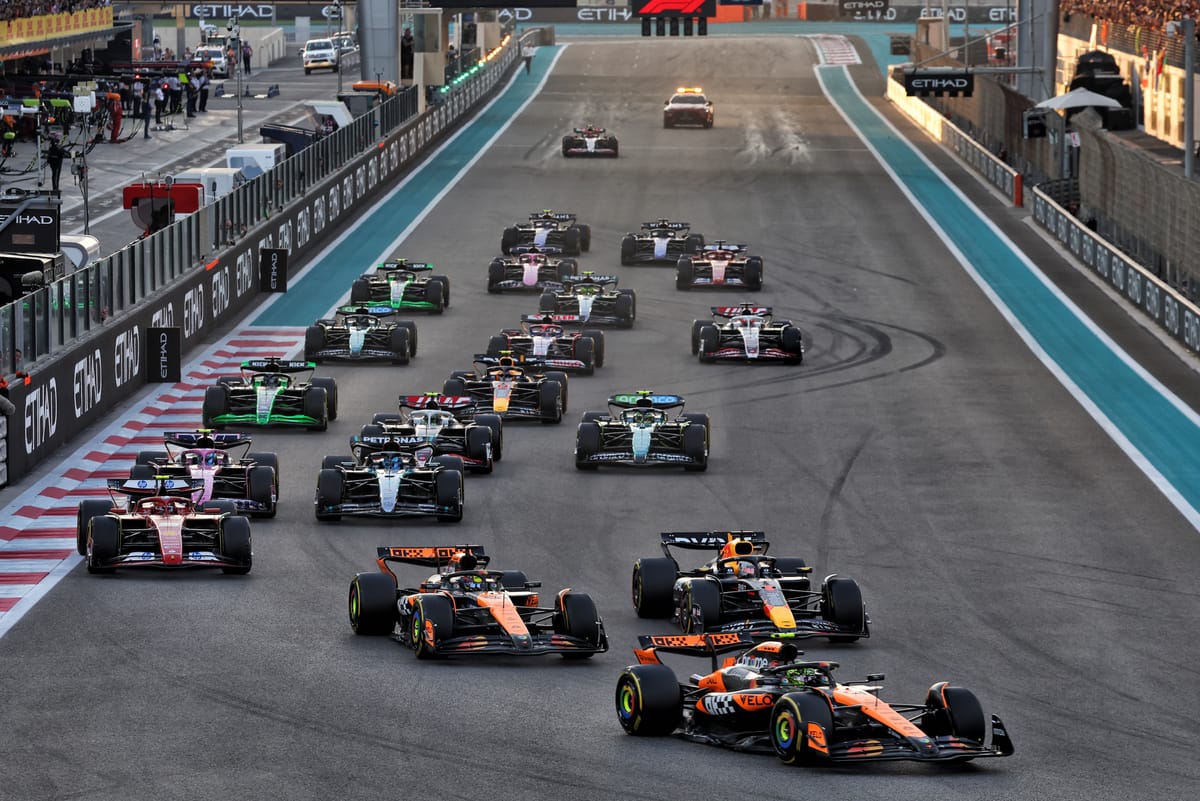

No comments: